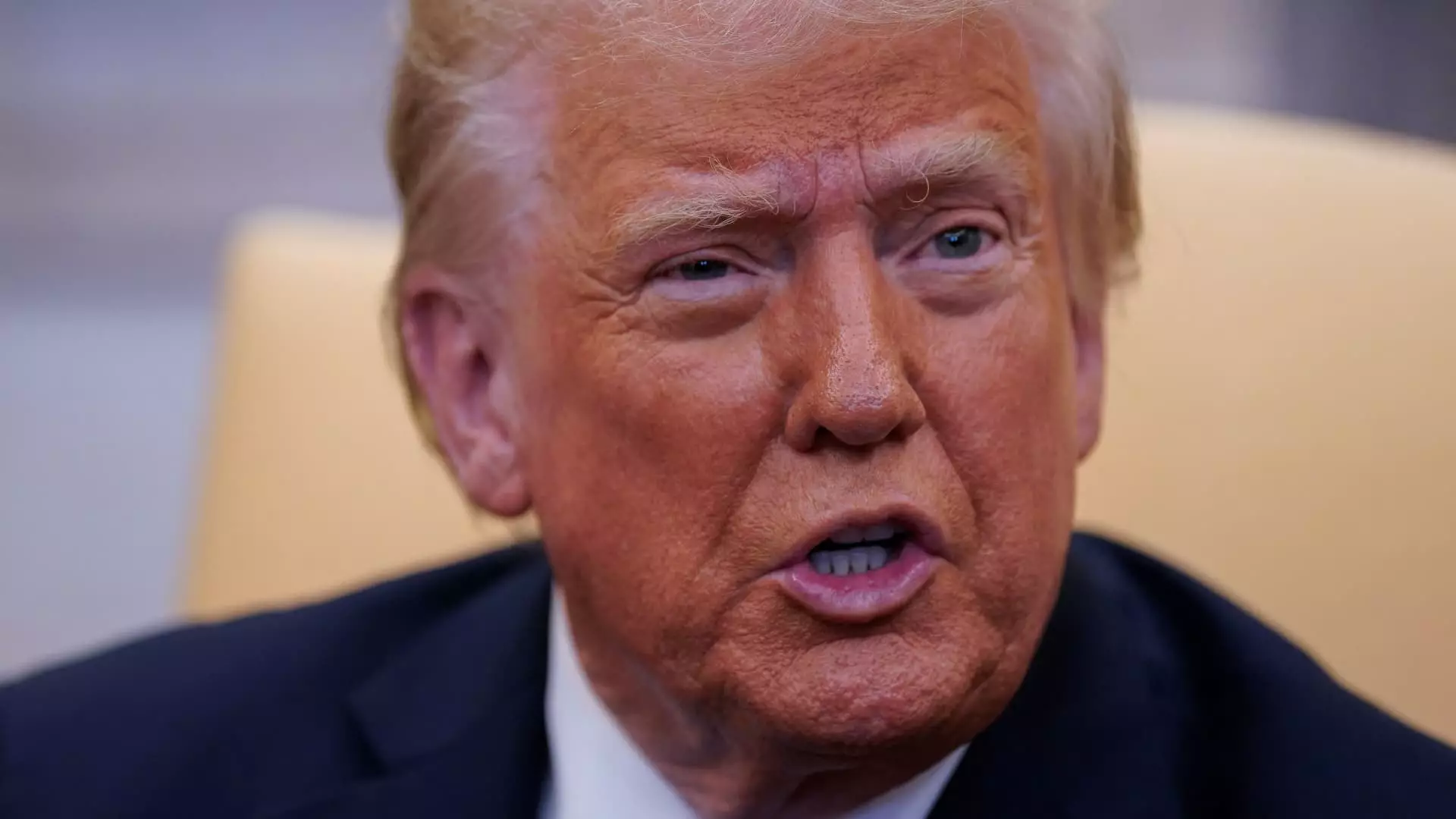In an unexpected move, former President Donald Trump declared a suspension of penny production, positioning it as an initiative to cut down the perceived squandering of government funds. As articulated in his Truth Social post, Trump highlighted the paradox that it costs more than two cents to mint a penny. By halting the penny’s production, Trump’s argument centers on streamlining federal expenditure, advocating for an approach that eliminates inefficacies, no matter how minuscule they may seem. His intent resonates with fiscal conservatism, appealing to taxpayers who often critique government overreach in spending practices.
However, the declaration raises significant constitutional questions regarding the executive branch’s authority over coinage. Historically, coin production is a power explicitly granted to Congress, as established in the U.S. Constitution and reinforced by Supreme Court interpretations. The Treasury Secretary, while equipped with some autonomy, operates within bounds established by Congress. This presents a legal conundrum: if Trump’s order bypasses congressional approval, it could set a troubling precedent for executive overreach. Furthermore, the ambiguity surrounding the potential fallout from this decision suggests a need for clarity on legislative authority in matters of fiscal policy and coinage.
Financial analysts, including Jaret Seiberg from TD Cowen, anticipate significant market disruption stemming from this move. They underline the possibility of a coin shortage emerging from the cessation of penny production, which may inadvertently compel merchants into a prolonged struggle for change, potentially inflating costs for businesses and consumers alike. This scenario demonstrates the interconnectedness of economics and policymaking; without sufficient pennies, businesses could face increased banking fees to procure adequate coinage.
Moreover, the ripple effects may accelerate the transition towards electronic payments. As society moves towards cashless transactions, companies like Visa and Mastercard stand to gain prominence. This transition might serve to reinforce Trump’s broader vision for modernizing financial exchanges while simultaneously highlighting the obsolescence of physical currency.
A glaring fact that remains unchanged is the disproportionate cost of minting various coins relative to their face value. For instance, in 2024, the U.S. Mint reported a staggering production cost of 3.69 cents per penny, revealing a systematic inefficiency that has persisted for nearly two decades. This trend is mirrored in the 5-cent piece, which costs approximately 13.78 cents to produce. As evidence suggests that coins like the penny no longer offer tangible benefits, the call for reform could further gather momentum.
Ultimately, Trump’s halt on penny production symbolizes a pivotal moment in discussions surrounding U.S. currency and fiscal responsibility. It beckons a broader evaluation of the monetary system that has been in place for centuries. As stakeholders weigh the pros and cons of such a significant fiscal move, the convergence of legal, economic, and societal factors will undoubtedly shape the future of the penny and possibly other denominations. Whether this initiative will stand the test of time remains to be seen, but what is certain is that the conversation around currency and expenditure is far from over.

